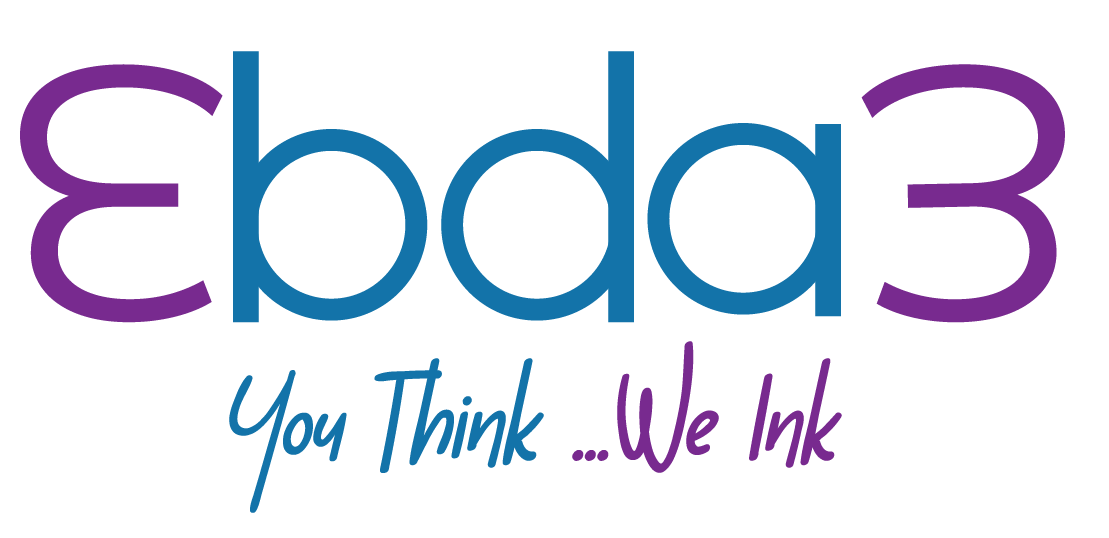How to Write SEO-Friendly Content That Ranks and Converts

Introduction:
In the world of digital marketing, writing content that ranks on Google and drives conversions is a skill that blends creativity with strategy. SEO-friendly content isn’t just about sprinkling keywords throughout a blog post—it’s about creating content that serves your audience’s needs, answers their questions, and encourages them to take action. In this post, we’ll walk you through the key elements of writing SEO content that not only climbs the ranks but also converts visitors into customers.
1. Start with Strategic Keyword Research
Before writing a single word, you need to know what your audience is searching for. Keyword research helps you discover high-volume, low-competition phrases that match user intent.
Tip: Use tools like Google Keyword Planner or Ubersuggest to find long-tail keywords with high intent and relevance.
2. Craft a Compelling Title and Meta Description
Your title and Meta description are what users see on Google’s search results page—they need to grab attention while including your target keyword.
Tip: Keep your title under 60 characters and your Meta description under 160. Make them click-worthy, not just keyword-stuffed.
3. Use a Clear Structure with Headings (H1, H2, H3…)
Organize your content with proper headings to improve readability and help Google understand the hierarchy of your information.
Tip: Use H1 for the main title, H2s for main sections, and H3s for sub-points. Include keywords naturally in headings where appropriate.
4. Write for Humans First, Search Engines Second
It’s tempting to optimize heavily for search engines, but content should always serve the reader. Engaging, informative writing builds trust and encourages longer site visits.
Tip: Keep paragraphs short, use active voice, and speak directly to the reader. Add visual elements (images, bullet points) to enhance the experience.
5. Optimize for On-Page SEO
Incorporate internal links, alt text for images, and keyword-rich URLs. These elements help both users and search engines navigate and understand your content.
Tip: Link to other relevant pages on your site to keep users engaged and distribute SEO value internally.
Conclusion:
Creating SEO-friendly content is more than just a marketing tactic—it’s a smart way to connect with your audience, answer their questions, and guide them toward a solution. By combining smart keyword targeting with value-driven writing, clear structure, and on-page optimization, you can craft content that ranks well and encourages users to take action. At Ebda3, we specialize in transforming your message into SEO-powered content that works. Ready to boost your content game?





